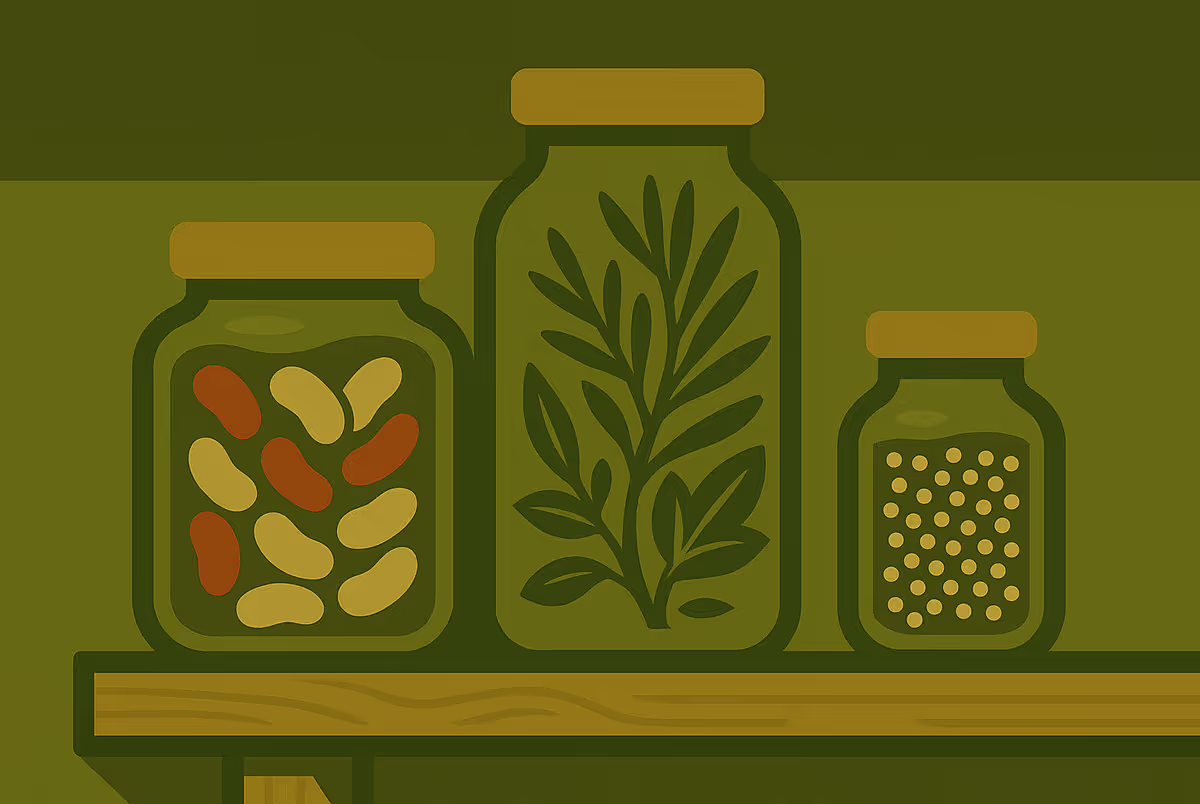Mapping and Questions
To open the session the facilitator should establish the ground rules of the method – creating an environment where people feel free to share.
- Participants receive map pins labelled with food ingredient names and are encouraged to place them on a world map where they believe the ingredient is primarily produced.
- Facilitators should allow 10 minutes of free discussion (this time could be altered depending on the needs of the group), only interjecting if a difficult conversation arises that needs to be managed.
- After 10 minutes, the facilitator joins the discussion, providing feedback on how accurate the participants' estimates are regarding the largest producer countries.
In this video Barbara Smith describes some of the key discussion points that arose in the workshop:
Critical Questions:
Once the largest food producers have been established, facilitators introduce discussion questions. In the PLANET4B project the following questions were posed in order to retain a core focus on biodiversity impacts:
1. How large is the land area that production consumes and what is it displacing?
Is it displacing important wildlife habitat? For example, facilitators could raise the following: Does this displace endangered species? How fragile is the ecology of the landscape it is grown in? Is it displacing a locally important crop that was kinder to the local ecosystem? Or is it a new crop that is inherently regenerative and is helping to restore the landscape?
2. What kind of farming system is it grown in?
Facilitators could lead a discussion that considers the following: Is the crop grown in an intensive monoculture that is reliant on pesticides? Or, grown in an organic agroforestry system with no inputs? Is it a regenerative system that aims to restore soil health? If the system were altered, how might this influence the way participants make their food choices?
3. How valuable for biodiversity is the crop itself for biodiversity?
Topics for discussion could be: Does the crop support wildlife? Could its benefit to wildlife be improved by changes to farming practice?
4. Does the crop rely on wildlife directly?
Topics could include: Does the crop need pollinators? Does it provide other resources for other species (shelter or food). Could it be farmed organically if enough pest predators are maintained in the landscape and would this benefit biodiversity?
5. How could information about the origins and impacts of these foods inform local food policy or procurement?
Facilitators could lead a discussion that considers: Could councils prioritise sourcing foods that support biodiversity for schools, hospitals, or other public services? Should procurement guidelines reduce reliance on ingredients linked to habitat loss, soil degradation, or heavy pesticide use? How might public food contracts encourage suppliers to adopt more biodiversity-friendly practices?
Designing and Adapting Questions
The questions can also be adapted to the group context in which the method is being used. For example, they could include:
How does climate change affect the production of this food item?
- Are changing weather patterns impacting where or how it is grown?
- Could the species or variety become endangered due to climate shifts?
How does this food contribute to soil health?
- Does it require heavy fertilisers, or does it naturally enrich the soil?
- Are there alternative farming methods that could improve soil biodiversity?
What are the social and ethical implications of producing this food?
- Does its production impact local farmers and communities?
- Is it linked to fair trade or exploitative labour practices?
Does this food have a historical or cultural significance?
- Has it been traditionally cultivated in certain regions for centuries?
- Has globalisation changed how it is produced or consumed?
What are some biodiversity-friendly alternatives to this food?
- Are there similar foods that have a lower impact on ecosystems?
- Could switching to a different variety or source help biodiversity?
A final round of discussion is facilitated as a debriefing. Participants are encouraged to feedback on how the process has made them think about food choices and whether the experience will influence their food choices in the future. What will they change?
This stage of the process is a critical part of the method, and strong facilitation skills will enhance engagement and reflection. Facilitators should:
- Use active listening to ensure all voices are heard.
- Offer inclusive and constructive discussion topics.
- Encourage critical thinking about biodiversity and food choices.
Visit the Debriefing Method for further guidance on techniques and practices to use.
In this video Barbara Smith explains how to facilitate open, equitable discussion during a workshop:



















.svg)

